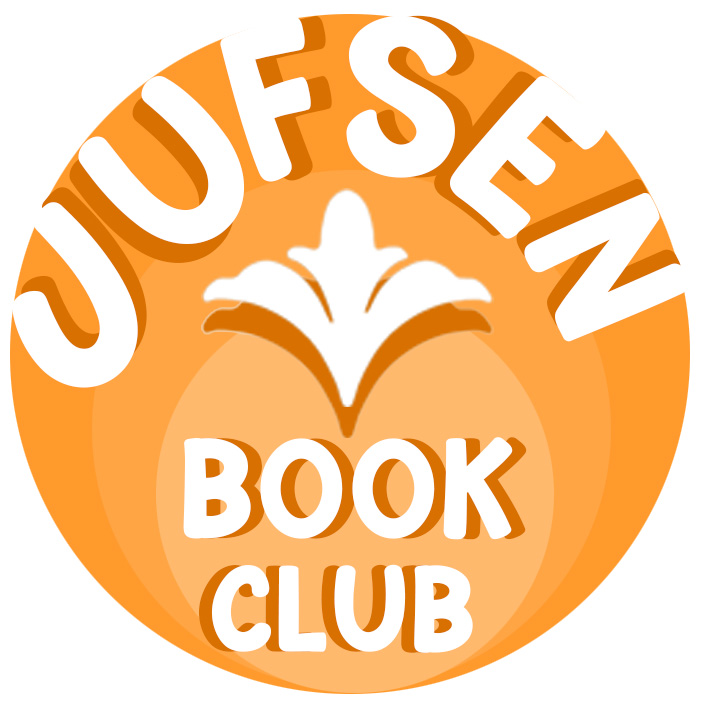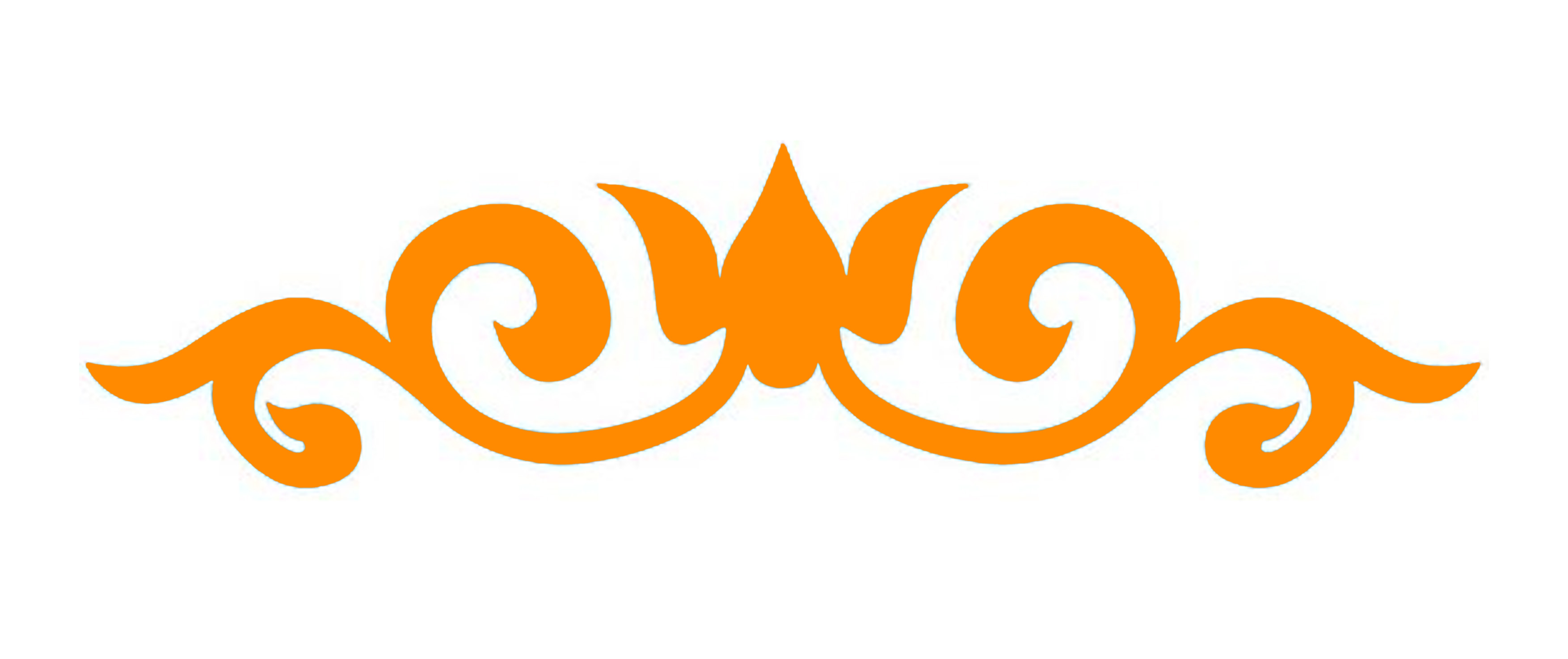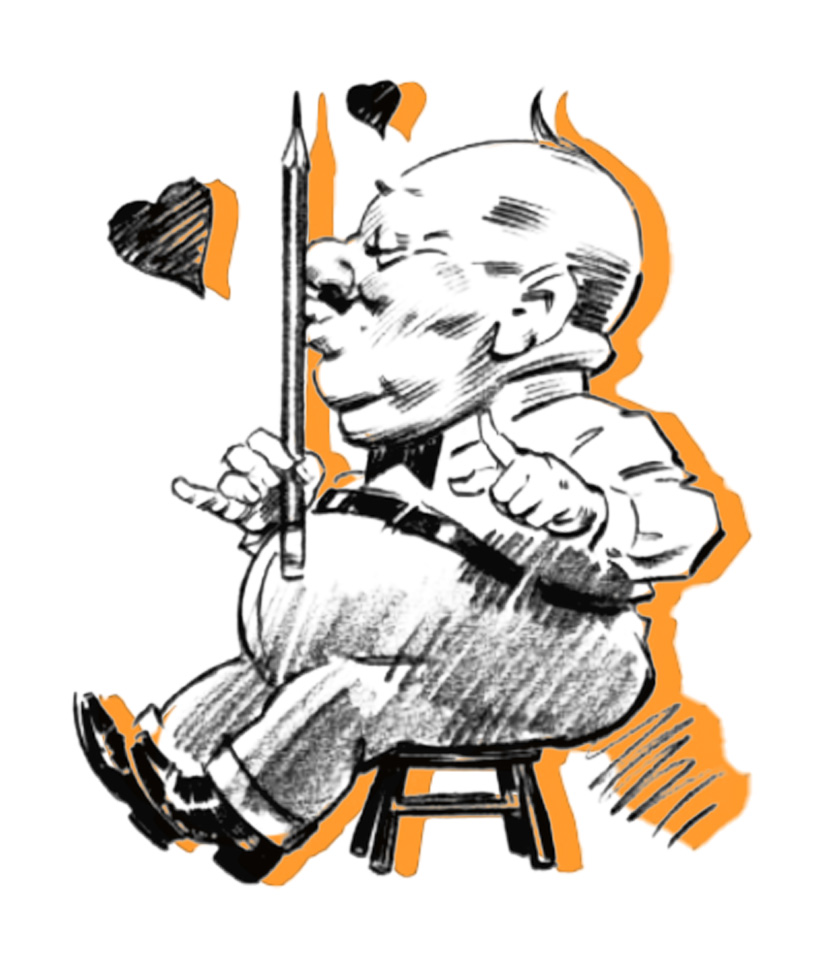
Let’s start the JUFSEN BOOK CLUB with the an old but gold
Fun With A Pencil : How Everybody Can Easily Learn to Draw, released 1939 by the American illustrator Andrew Loomis.
This is a summation in own words. All credit goes to the author and creator of the book, Andrew Loomis.
Down below you can find a summation of key points.
Andrew Loomis begins with a open quote, suggesting that “(…) Most people love to draw, even when they know little about it.” And ends with “(…) It’s a shame not to be able to do it better”.
Everybody, all from an engineer, a biologist, a bodybuilder, a mathmatician, of course a drawer and on and on, could all credit in their own way, from learning the skill to draw. That’s right, it’s a skill!
Drawing has often been associated as a kind of special gift, coming from the heavens, that only a selected few can develop. In actuality, it’s a skill we ALL can grow and bloom. Like Brent Eviston, an artist and a teacher says, “It’s a skill anyone can learn!” That goes for YOU too!

To cultivate our ability to draw, we first need to get familiar with the artist most important tool, Basic Form, or as he’s called in this book, big-nosed Professor Blook.
Blook tells us that it’s important and a big help starting a drawing knowing the simple shapes and forms. You know the ones we’ve all known since we were little kids, putting-the-shapes-in-box-kind.
Take the the ball for example. It’s the foundation for any head and with some lines showing direction, it can be turned to any angle. Up, down, left or right, you name it.
The blue lines we’re gonna see in the upcoming pages, Blook tells us, are also important for us to understand. They give us a helping hand, letting us see the drawing behind the scenes, the actual blueprint behind the drawing, something all artist use in some way or another. It’s helpful to copy, but be sure you understand as much as you can the idea behind the construction.
Focus on the blue, and the basic forms you can cut-through!
With simple and known forms, we can build new, more complex forms by combining, building-onto or even cutting-through them. With this we have a constructive blueprint for our drawing, which becomes our marker for where our final outlines will be drawn. As professor Blook shows in the image, the cranium of the head is a SIMPLE FORMin this case a ball, which can be turned to any angle as said before. But we can also add lumps of clay to this ball, such as a nose or mouth, building-onto the ball, and in turn constructing the head purely from imagination. Remember to work not with lines, but with solid, and touchable form.
“Every form is like some simpler form, with this or that variation, and with pieces added on.”
OUR BUILDING BLOCKS

Take note that that the curvature of the lines give volume to the circle

SO!
Here are the points and ideas Loomis gave us in the introduction and preface of the book, before diving into the real deal, as you could say.
1. We could all benefit from LEARNING TO DRAW
From all the way to just plain fun, to professional work, we could all benefit, big or small, from the skill of learning how to draw.
2. Drawing is a skill ANYONE can learn
Believe it or not, drawing is a skill, like all others, that anyone can learn, and is not one given from the gods to certain individuals, as the myth often goes.
3. Use simple forms to construct your drawing
This principle goes for anything you can think of. The ball for the head, a cylinder for the arm and maybe the foot as a triangle. To draw from imagination is to make use of simple forms.
4. Focus NOT on line but on SOLID FORM
You can copy the outlines of a drawing, but it is more fun and better for learning, to figure out the construction behind that drawing. Make use of simple forms to build your drawing.

See Primary-, Secondary- and Tertiary form
(Image from Dorian Etan)5. Deconstruct complex forms to simple forms
If you want to draw the human body for example, the ultimate complex form, you can as said, use simple forms to your advantage.
From that starting ground, build-on, cut-through or combine new forms. A simple cylinder becomes with smaller forms added on, the human arm.

Gladly do comment below your thoughts and if there’s anything you think can be added.
As always thank you for reading!
See you around!



Leave a comment